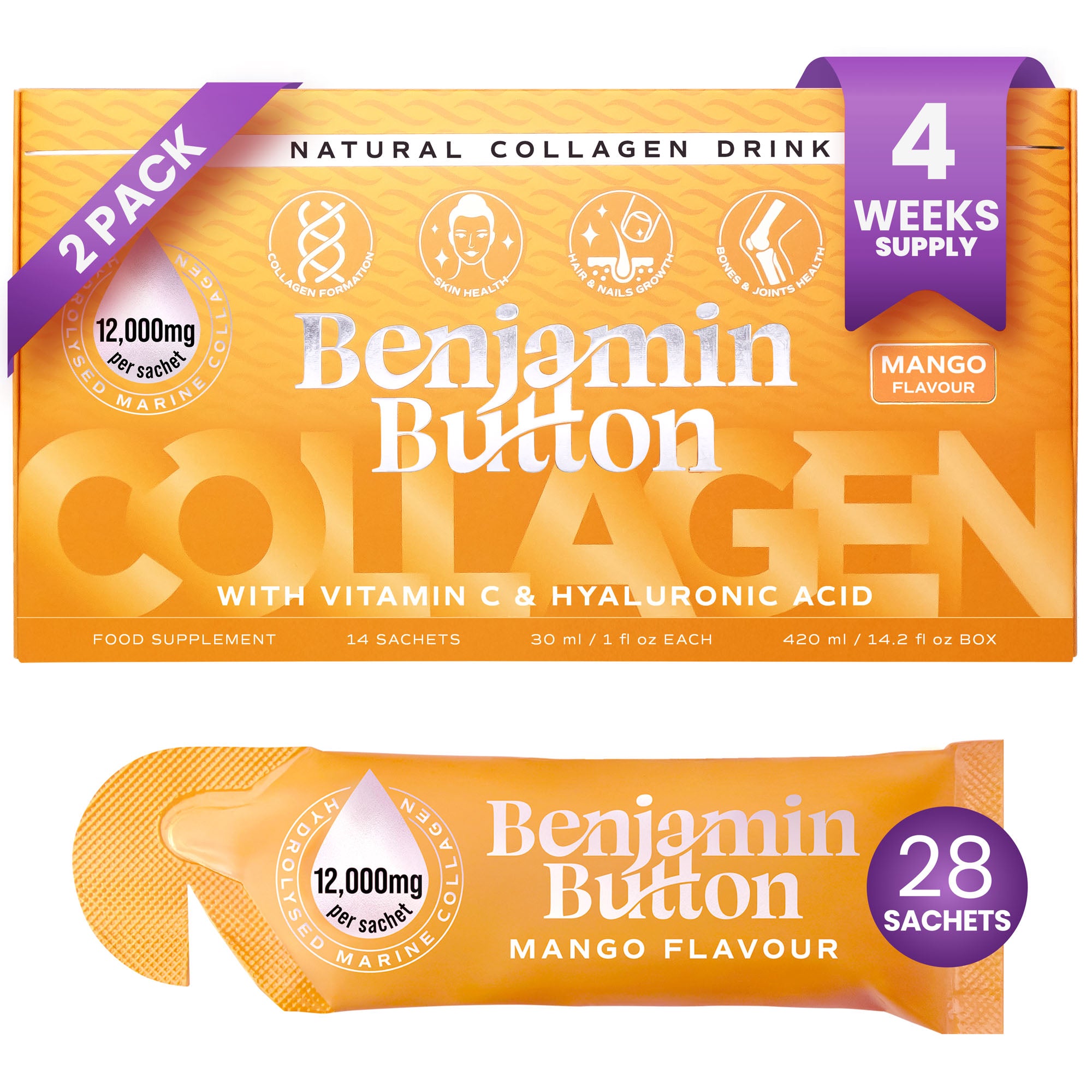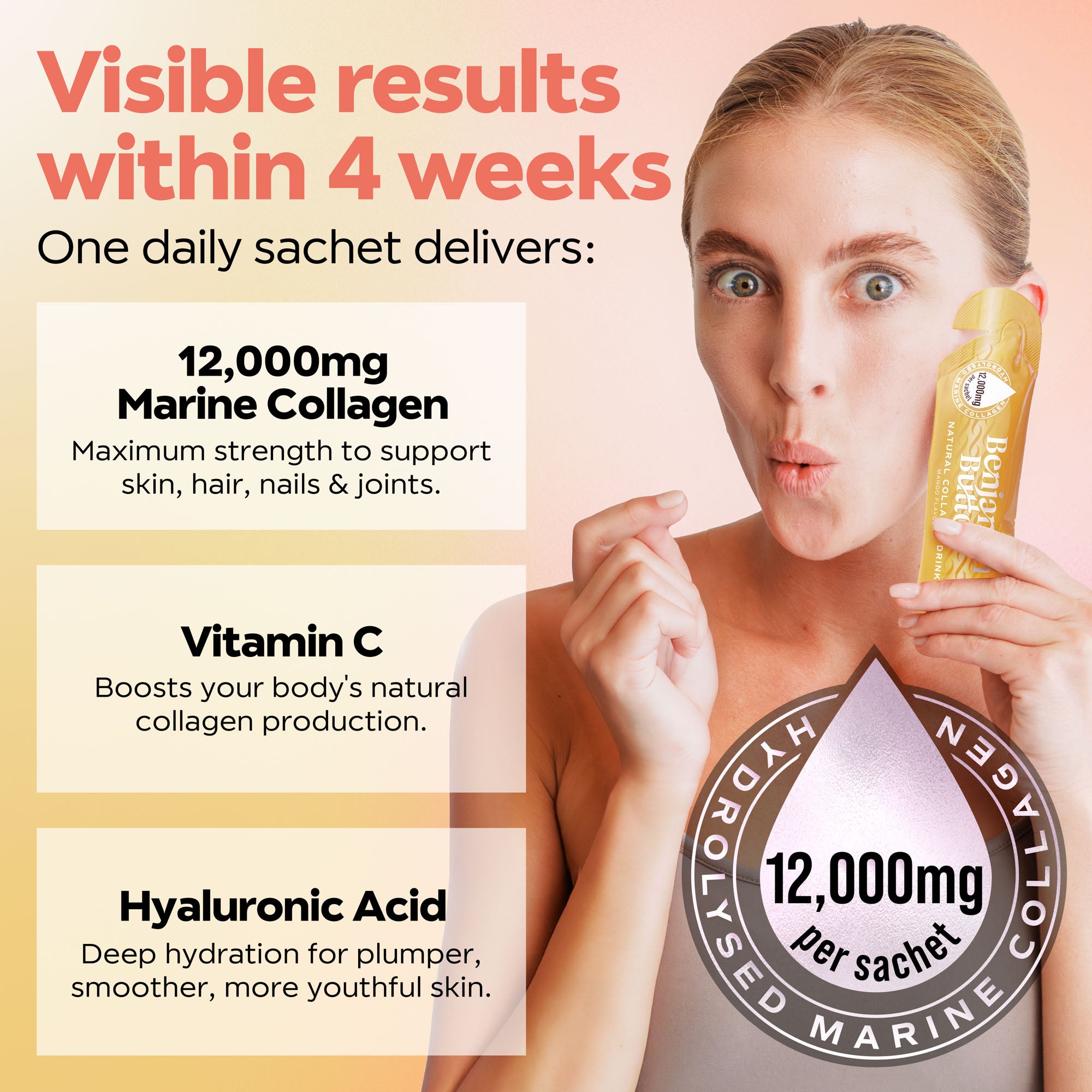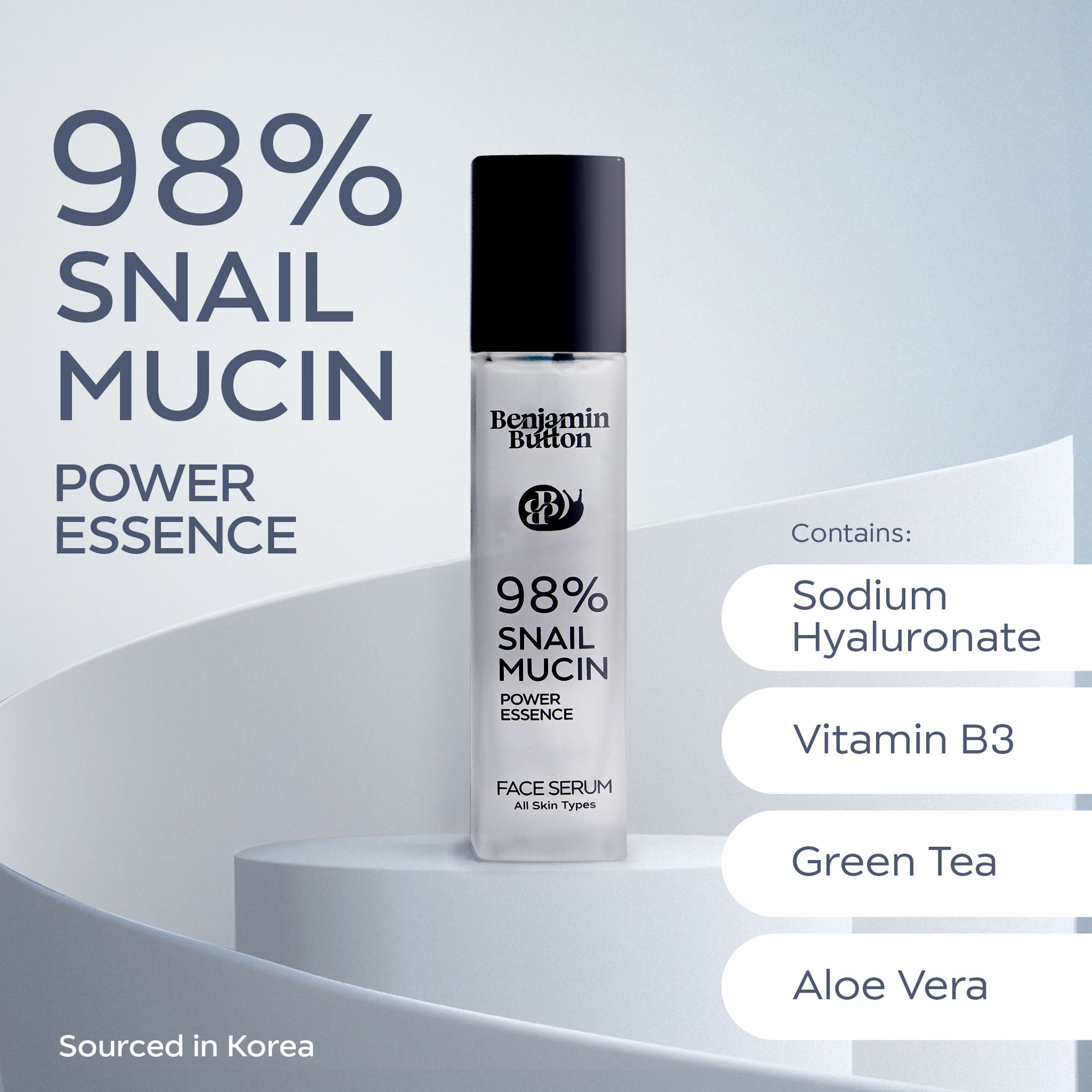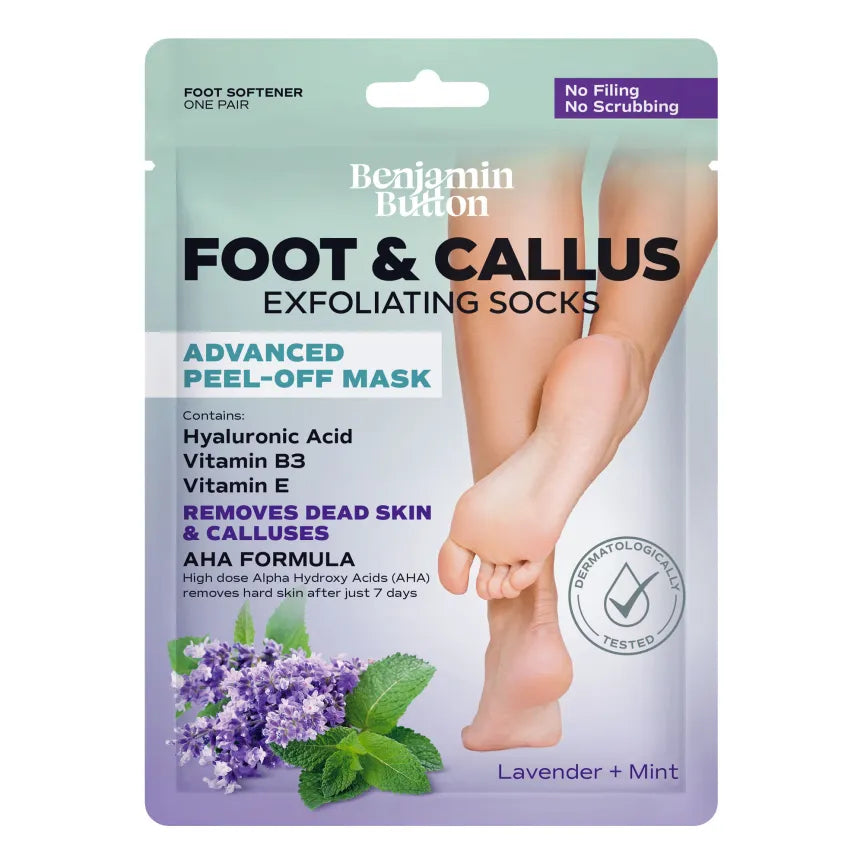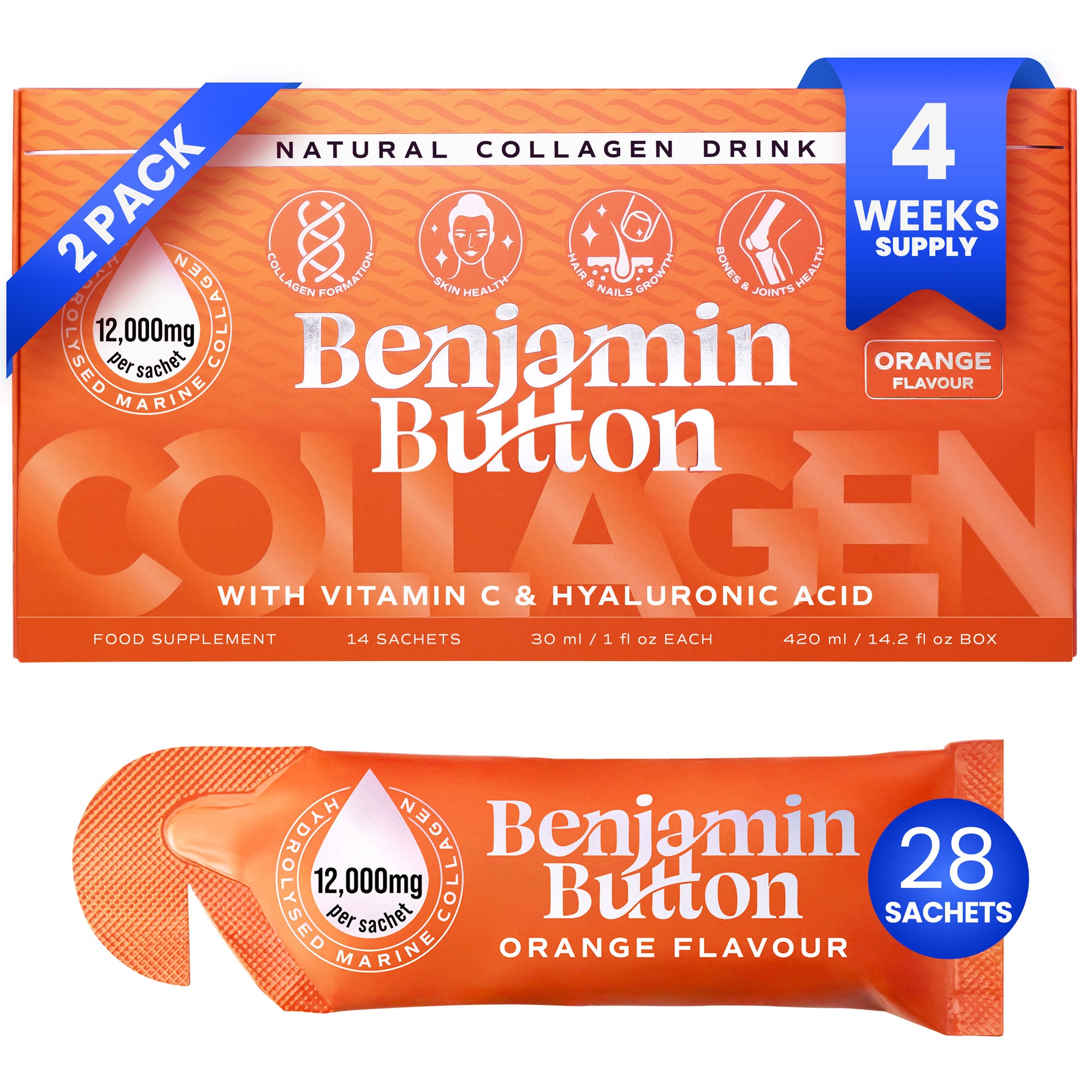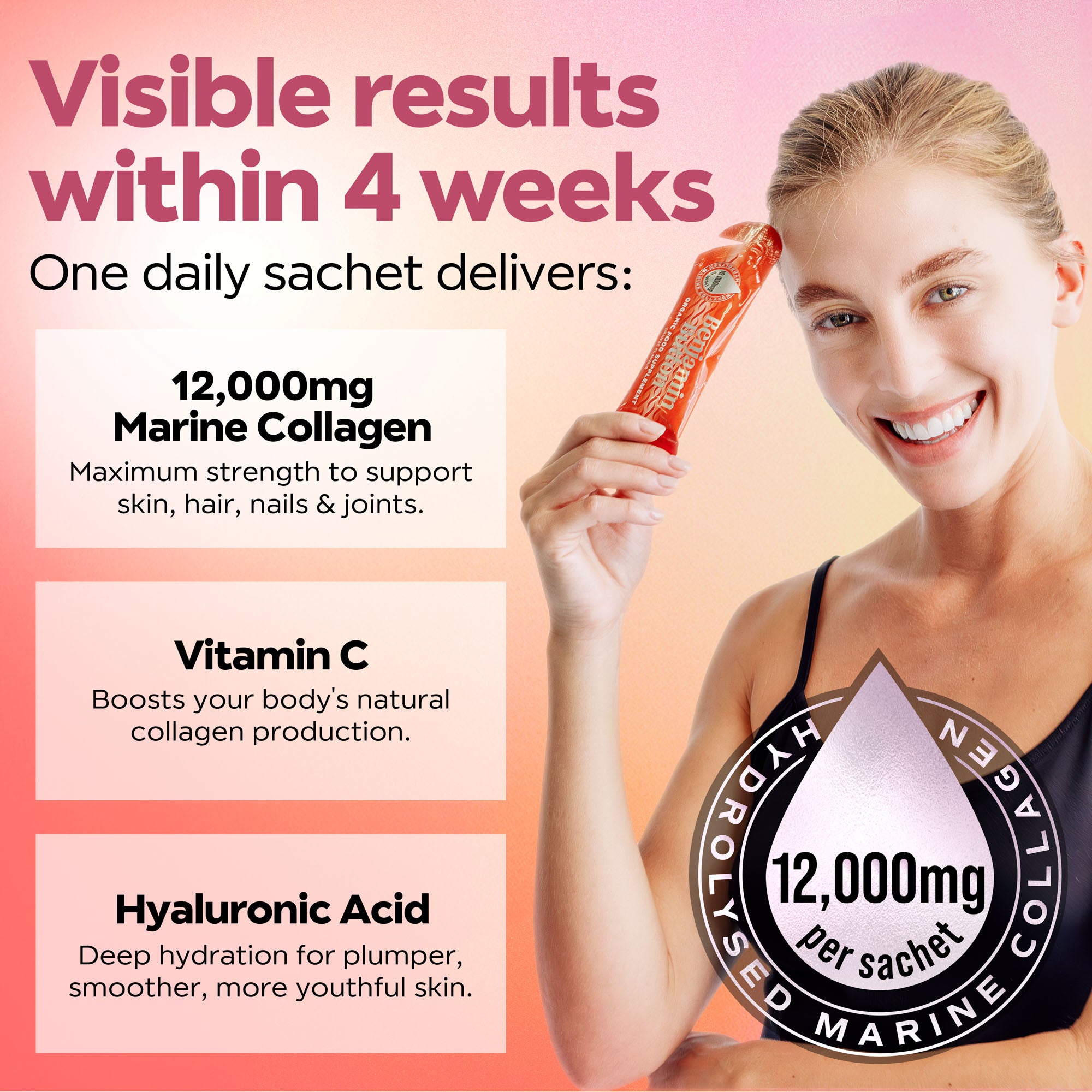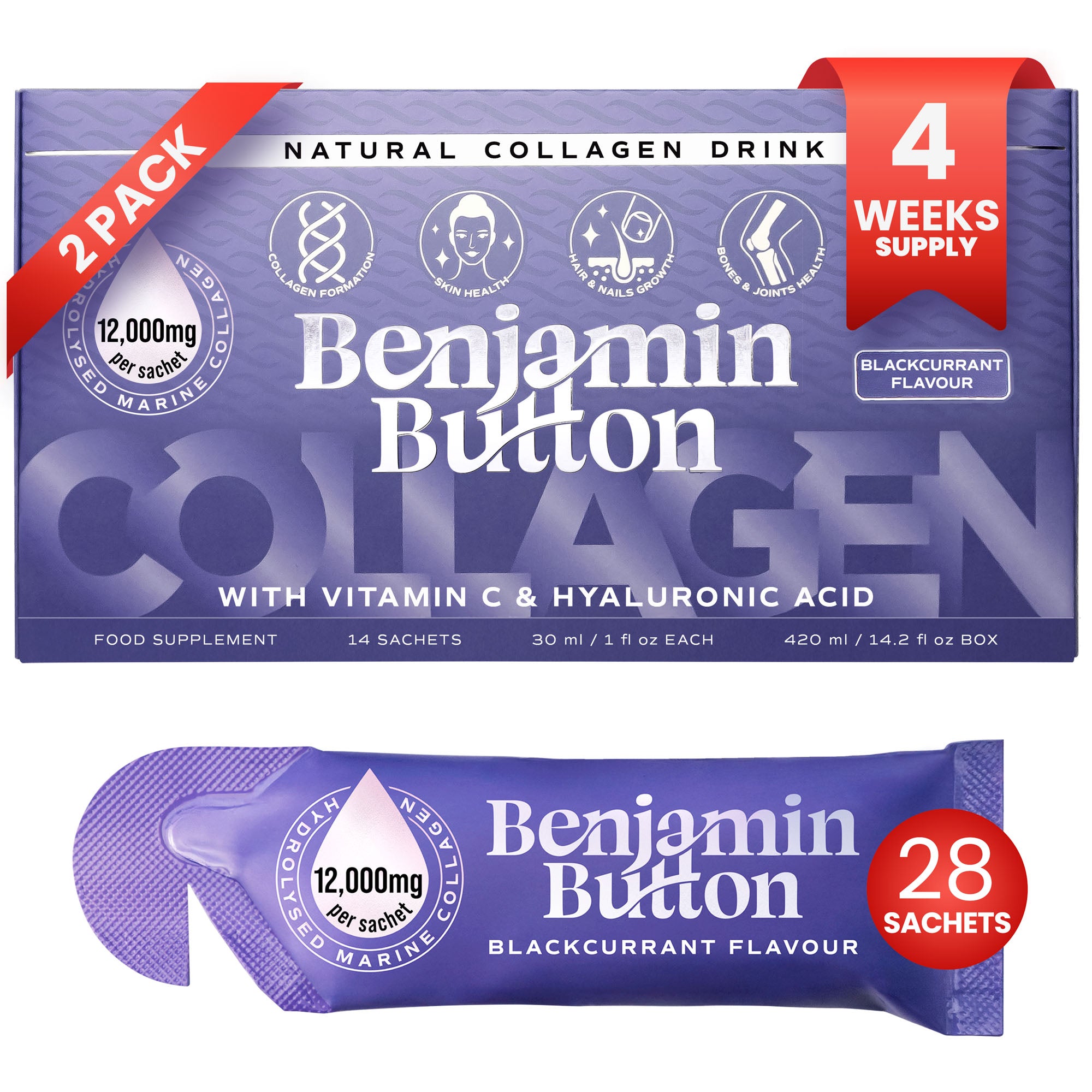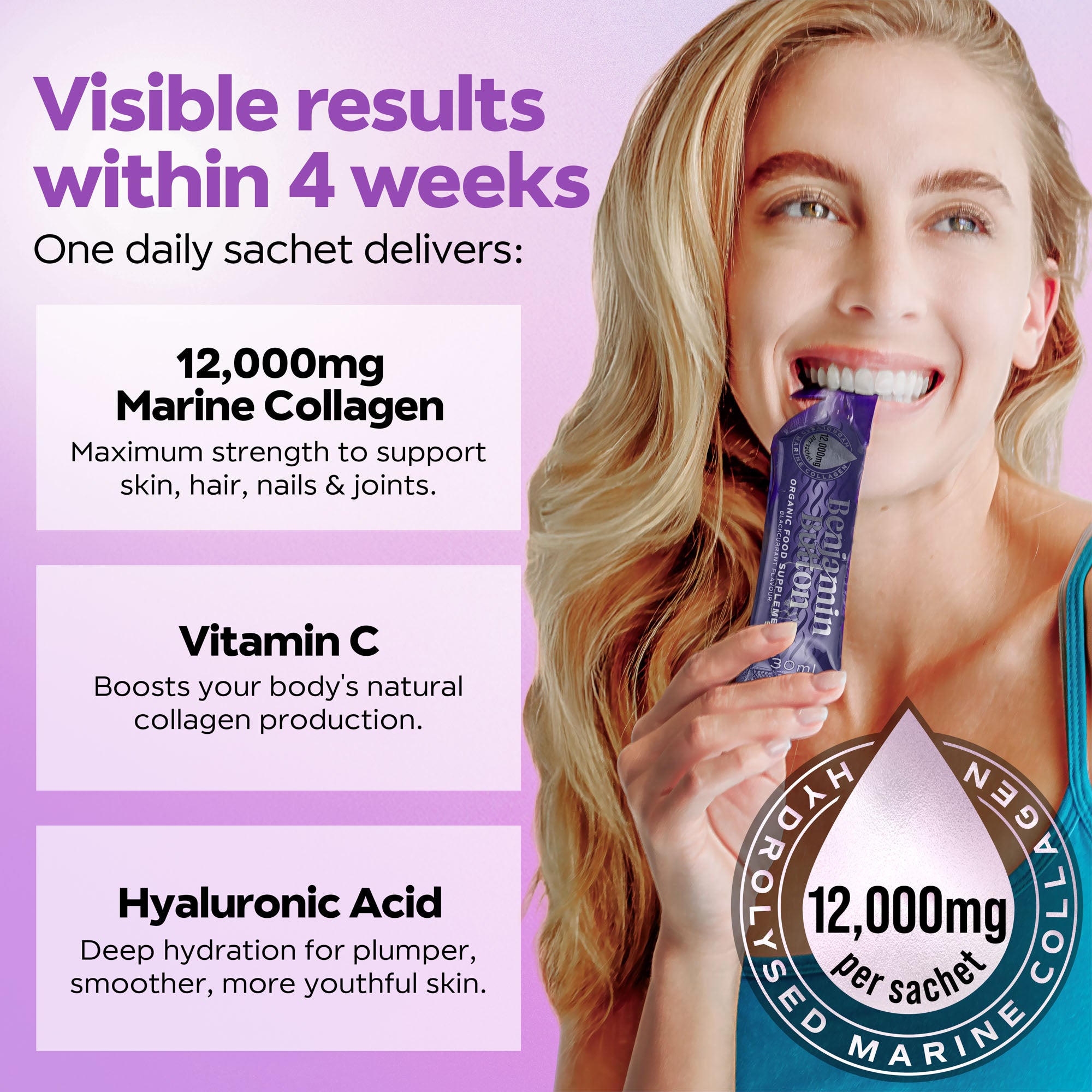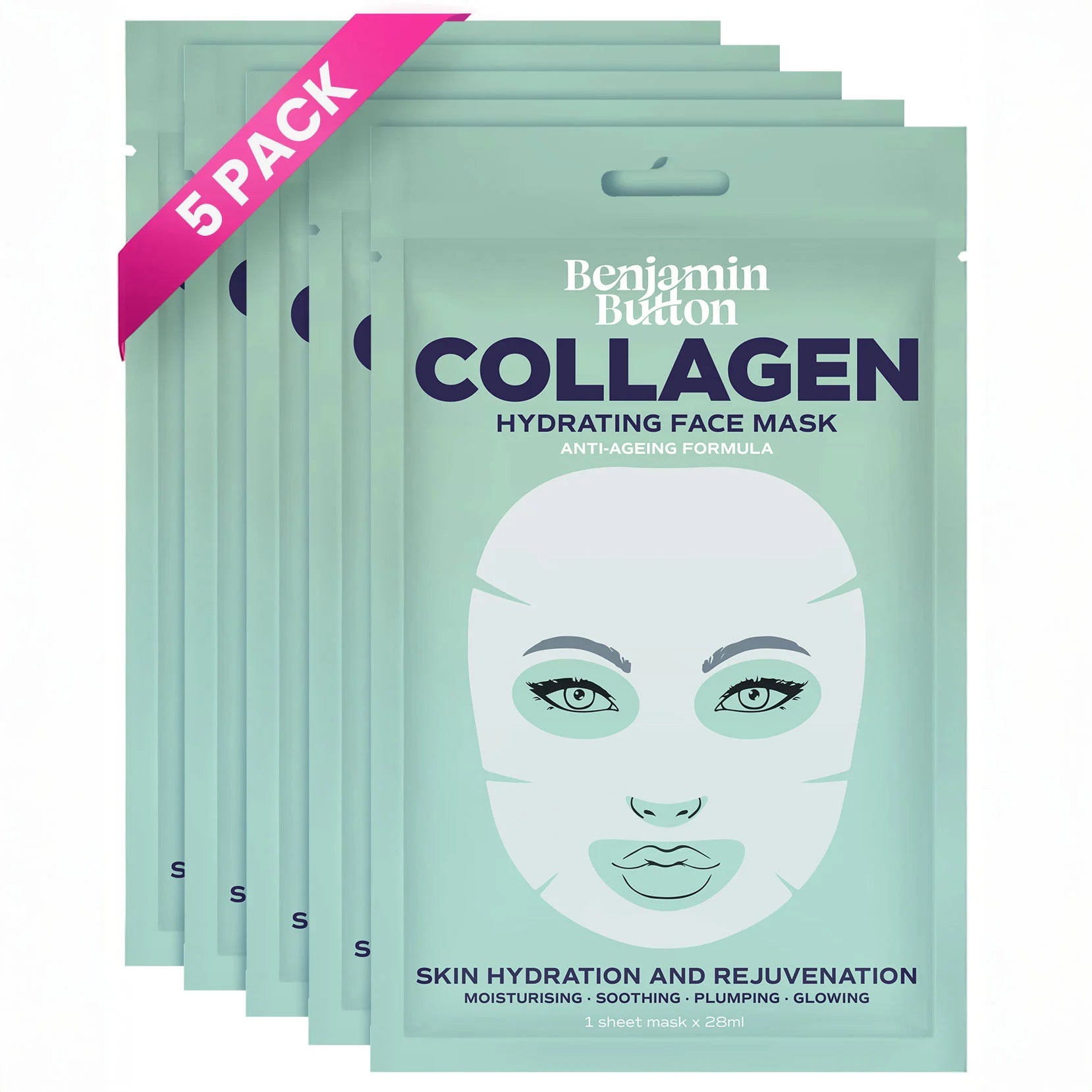Understanding Rhabdomyolysis: Signs and Recovery Insights
Rhabdomyolysis is a serious medical condition that demands attention and understanding. Its implications can be severe, and it is crucial to be aware of the signs, risks, and recovery processes associated with it. This article delves into the benefits of recognising the condition early, the necessary preparations before seeking help, and provides practical tips for recovery.Three Major Benefits of Early Recognition
Understanding rhabdomyolysis comes with several benefits that can significantly impact recovery outcomes. Recognising the signs early can lead to timely treatment, reducing the risk of complications.- Prevention of Kidney Damage: Early diagnosis and intervention are essential to minimise the risk of acute kidney injury. Since rhabdomyolysis results in the release of myoglobin from damaged muscles into the bloodstream, this can overwhelm the kidneys and lead to renal failure.
- Reduced Complications: Identifying the condition before severe symptoms develop can mitigate potential complications, such as electrolyte imbalances. These imbalances can affect the heart and overall function of the body.
- Faster Recovery: When recognised quickly, healthcare professionals can initiate appropriate treatments swiftly, promoting a more effective recovery process. This can include hydration therapy and monitoring laboratory values.
Does It Work for Its Intended Concern?
To comprehend if rhabdomyolysis works towards its intended concern, one must consider it primarily as a symptom rather than a medical treatment. Rhabdomyolysis occurs due to various factors, including intense physical activity, trauma, or prolonged immobilisation. The primary goal is to address the underlying cause and manage symptoms effectively.Supporting Evidence
Research has established that early medical intervention can mitigate the negative effects of rhabdomyolysis significantly. For instance, studies highlight that aggressive intravenous fluid therapy is crucial in preventing kidney damage. Moreover, tracking blood parameters allows healthcare professionals to fine-tune treatment according to individual needs.Preparation Before Use: Cleansing and Patch Testing
Before seeking medical help or beginning any treatment related to rhabdomyolysis, certain preparations can enhance the effectiveness of recovery strategies.- Cleansing: Staying adequately hydrated is essential before experiencing symptoms of rhabdomyolysis. Drinking plenty of water prevents dehydration, which can exacerbate the condition.
- Patch Testing: If you suspect a medication or supplement might be related to your symptoms, consider keeping track of any recent changes in medication or supplements. Noting these changes can help healthcare providers in diagnosis and treatment plans.
Practical Tips for Effective Recovery
Recovering from rhabdomyolysis calls for commitment and understanding of your body’s needs. Here are three effective tips to aid recovery:- Hydration: Consistently drink fluids, especially water and electrolyte-rich drinks. Staying hydrated helps flush out myoglobin and supports kidney function.
- Rest: Allow your body adequate time to heal. Engage in modified physical activity only after consulting with a healthcare professional to ensure your body is ready.
- Monitor Symptoms: Keep track of any changes in your health, including fatigue, muscle weakness, or changes in urine colour. These can signal the need for immediate medical attention.
Customer Reviews and Ratings
Reviews from those who have experienced rhabdomyolysis often highlight both the seriousness of the condition and the importance of timely intervention. Many emphasise a rapid onset of symptoms, prompting immediate medical attention. Customers frequently report a mix of relief at having received appropriate care and lingering exhaustion during their recovery process. Ratings on platforms such as Healthgrades and WebMD provide individuals' insights into the medical responsiveness they received. The overwhelming consensus speaks to the need for education on recognizing signs and the importance of effective treatment protocols.Reported Reactions and Who Should Avoid It
Although rhabdomyolysis is primarily a syndrome resulting from an underlying cause rather than a medication, certain individuals should exercise extra caution. Those at higher risk include:- Individuals engaging in extreme physical exercise without proper training.
- People with underlying medical conditions, such as kidney disease.
- Anyone on medications that impact muscle health, such as statins.
Competing Conditions to Consider
It's also crucial to understand that several conditions exhibit similar symptoms to rhabdomyolysis. Here are three competing disorders worth comparing:- Acute Kidney Injury (AKI): While similar in presenting symptoms, the causes differ. AKI can occur due to various reasons, including dehydration, and requires a different treatment approach focusing on kidney preservation.
- Compartment Syndrome: This condition occurs when pressure builds up within muscle compartments, leading to muscle and nerve damage. It requires surgical intervention, unlike rhabdomyolysis.
- Severe Dehydration: Dehydration can mimic early signs of rhabdomyolysis, particularly fatigue and muscle cramps. Treatment here involves rehydration and electrolyte replacement, setting it apart from rhabdomyolysis recovery processes.











